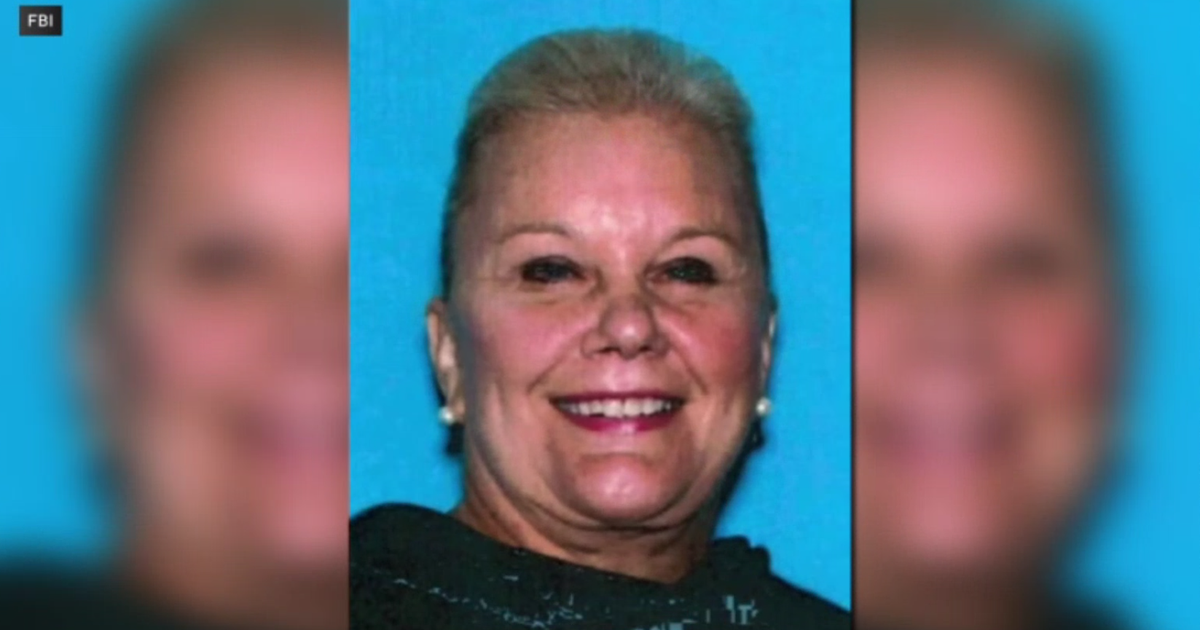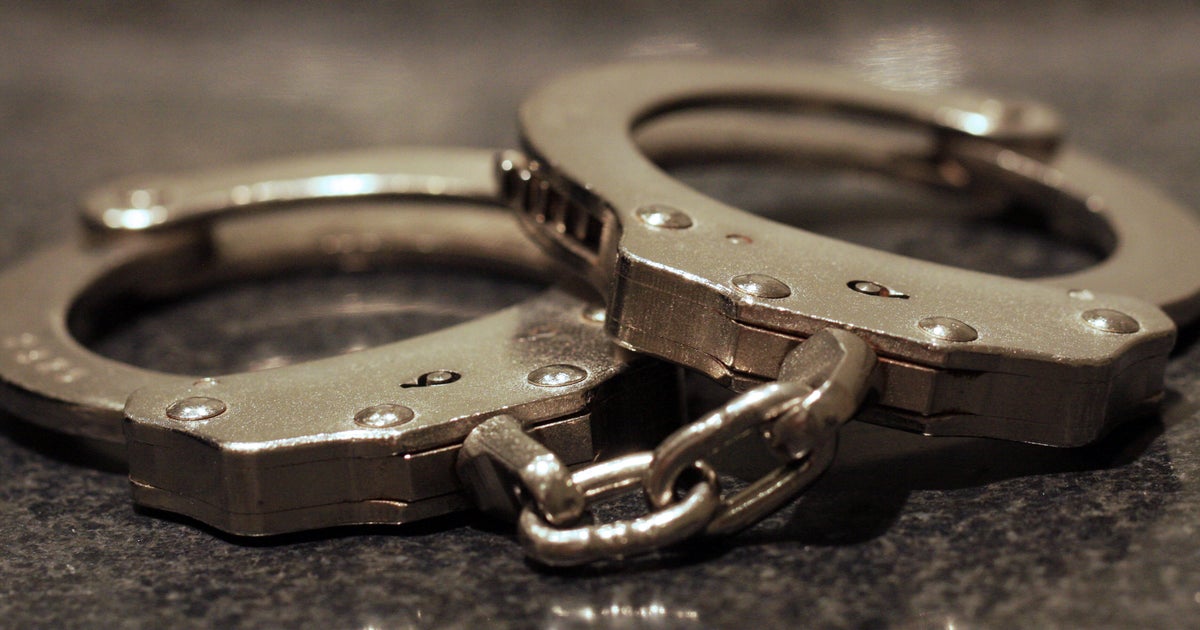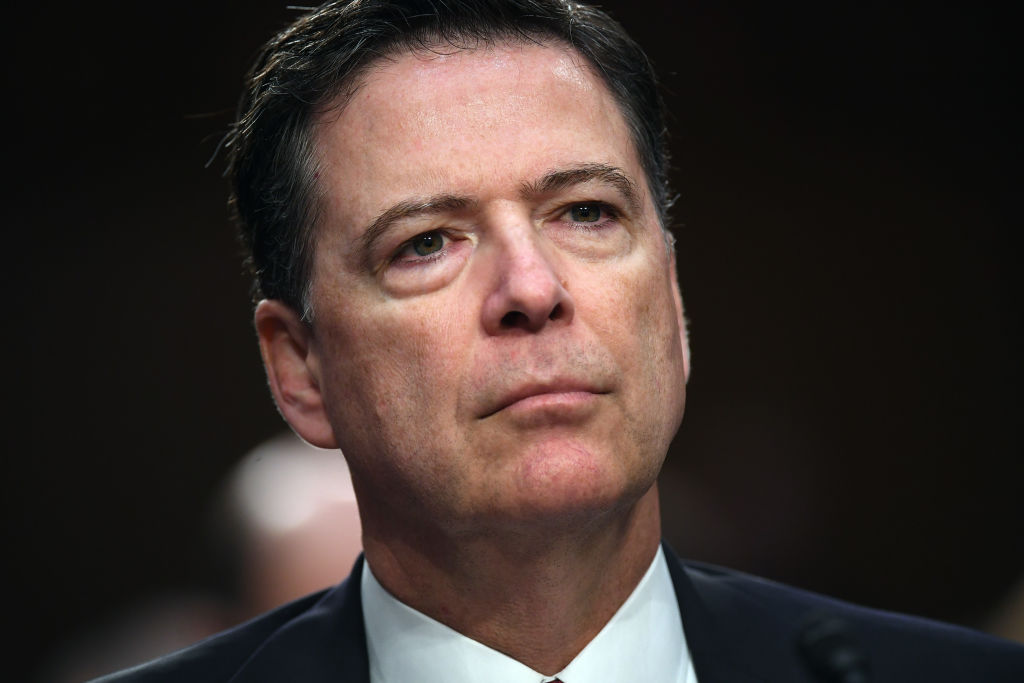Investigators ask for public's help to identify remaining victims of serial killer Samuel Little
Confessed murderer Samuel Little already has the grim distinction as the most prolific serial killer in U.S. history with 62 confirmed victims. But investigators believe he's responsible for up to 31 more deaths, and now they are asking for the public's help to solve them.
On December 1, 2021, the FBI, the Department of Justice and the Texas Rangers released profiles of 31 additional, unidentified victims of Little. The detailed descriptions span killings in 9 states from 1970 to 1997. Many of the profiles include portraits of the victims drawn by Little himself before his own death in 2020, while serving three life sentences for murder in California. He was 80 years old.
Little, a drifter, conman, and one-time amateur boxer, preyed on vulnerable women on the fringes of society. His victims included prostitutes, drug addicts, and others down on their luck. He frequently targeted women who needed a ride, and some of his victims were simply hapless hitch-hikers and trusting college students.
Texas Ranger James Holland, who was featured in a 2019 piece on 60 Minutes, is the first person to whom Little confessed. Starting with the cold case murder of Denise Brothers in Odessa, Texas, Holland elicited a total of 93 confessions from Little before his death.
Holland, who specializes in interrogating serial killers, spent more than 700 hours interviewing Little over the course of two years.
Christie Palazzolo of the FBI and Angela Williamson of the Department of Justice worked with Holland to match up Little's confessions to unsolved cases across the country.
"Serial killers claim high numbers all the time," Williamson said. "But Little didn't even know in his own head how many victims he had. He knew the states and other details, and it was really us who tallied it up.
Because Little strangled most of his victims and left their bodies exposed to the elements, multiple victim's deaths were misclassified as drug overdoses or from natural causes during the initial autopsy. According to his confessions, Little manually strangled all his victims, save for two, who were drowned.
"He never wavered. Once we got those 93 cases, there was never any more adding to it," Palazzolo said. "We have no reason to think he held anything back. We think that accounts for his complete series."
Since Holland began interviewing Little in 2018, investigators around the country have been involved in the painstaking work to definitively match up Little's confessions with corroborating evidence, including DNA and other physical confirmation when possible. But many of the cases have been cracked by those close to victims, who recognized key information in law enforcement releases.
"It has always been our belief that family members, friends of victims, retired detectives, medical examiners and the news media would ultimately lead to answers in these unsolved cases," Holland said.
After the 60 Minutes piece aired in 2019, the FBI received hundreds of tip calls, and there have been new victim identifications in Florida, Ohio, Georgia, and Arkansas.
"Beyond the tips, I think it also spurred law enforcement to go back and look through their files and we got a number of really productive calls," Palazzolo said.
Although Little admitted he started killing women in 1970, he wasn't held responsible for over 40 years.
Little's first murder convictions occurred in 2014, when he was found guilty of the Los Angeles County murders of Carol Alford, Audrey Nelson, and Guadalupe Apodaca, in the late 1980s. All three women had been strangled to death and their bodies discarded. Little's DNA was found at the scene.
Authorities believe Little killed scores more women in L.A. before his conviction in 2014. And now they are hoping the public can help connect the dots in his confessions.
In interviews with Holland, Little referred to the City of Angels as his "killings fields." Holland has identified profiles of 16 additional victims in Los Angeles, Calif., far more than any other location. Florida is next with five unidentified victims; Georgia has three additional cases; and Louisiana has two. The remaining states: Mississippi, Nevada, Ohio, South Carolina, and Tennessee, each have one.
"Despite his death and despite not always having forensic evidence, at the end of the day, these cases are all still solvable," Palazzolo said. "It's hard work. It's going to take some time, but it's possible."
The details in Little's confession range from basic demographics like age and skin color to more narrow and unique identifiers. In an unknown Miami, Florida, case, Little described the victim as a black female, about 23 years old, standing 5-foot-6-inches at around 130 lbs. Remarkably, Little said he spotted a University of Miami student ID card in the woman's purse, and he remembered her name as "Emily." Despite such specificity, this victim from the 1970s has never been identified.
After all this time, Holland believes it's necessary to bring in the public's help so that investigators have the best chance to finally close the book on Little.
"If there is a shining light in any of this, it should be that the victims were never forgotten and that law enforcement worked tirelessly in a combined effort to ensure that Little's evil did not go unanswered," Holland said.





